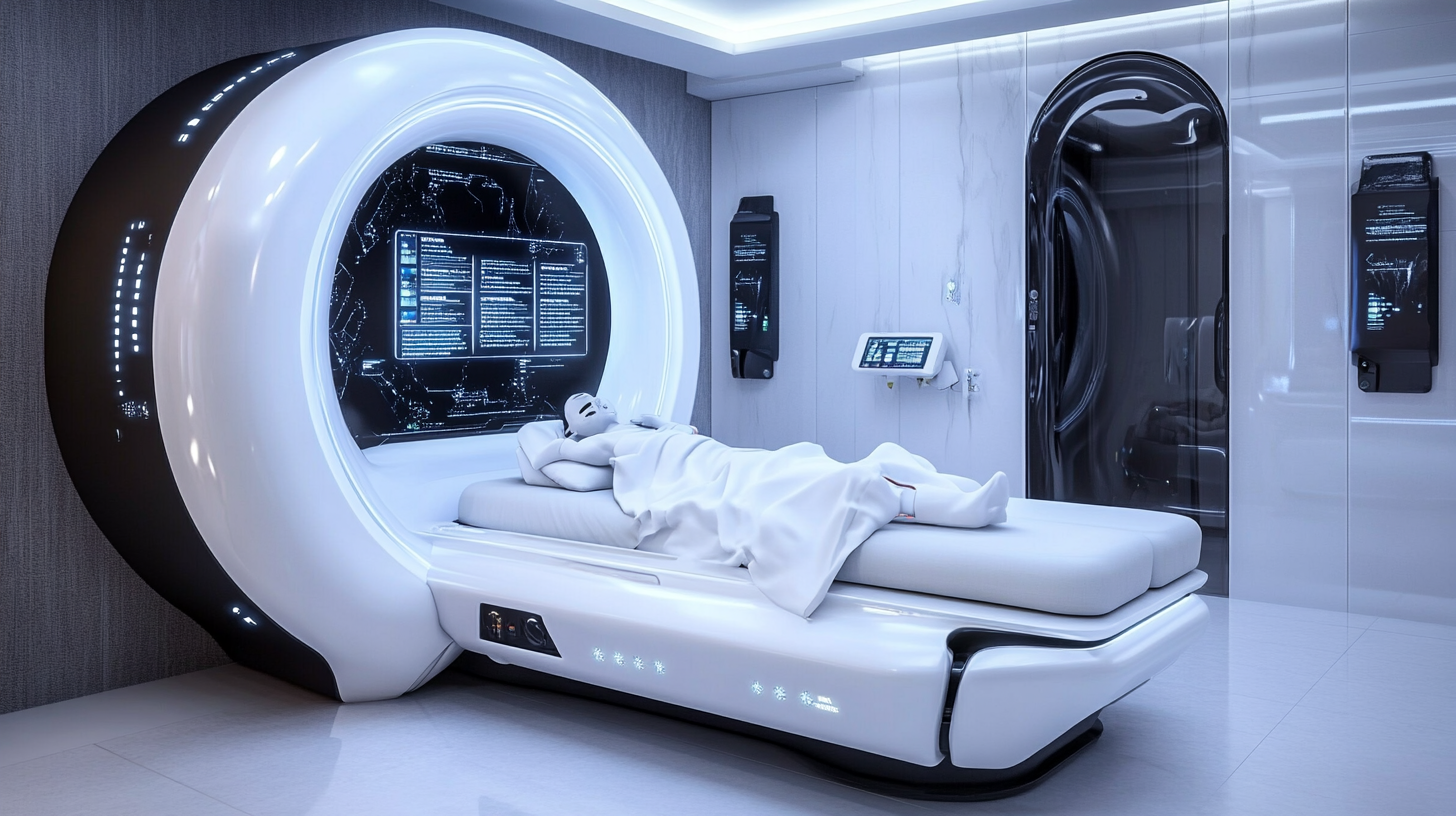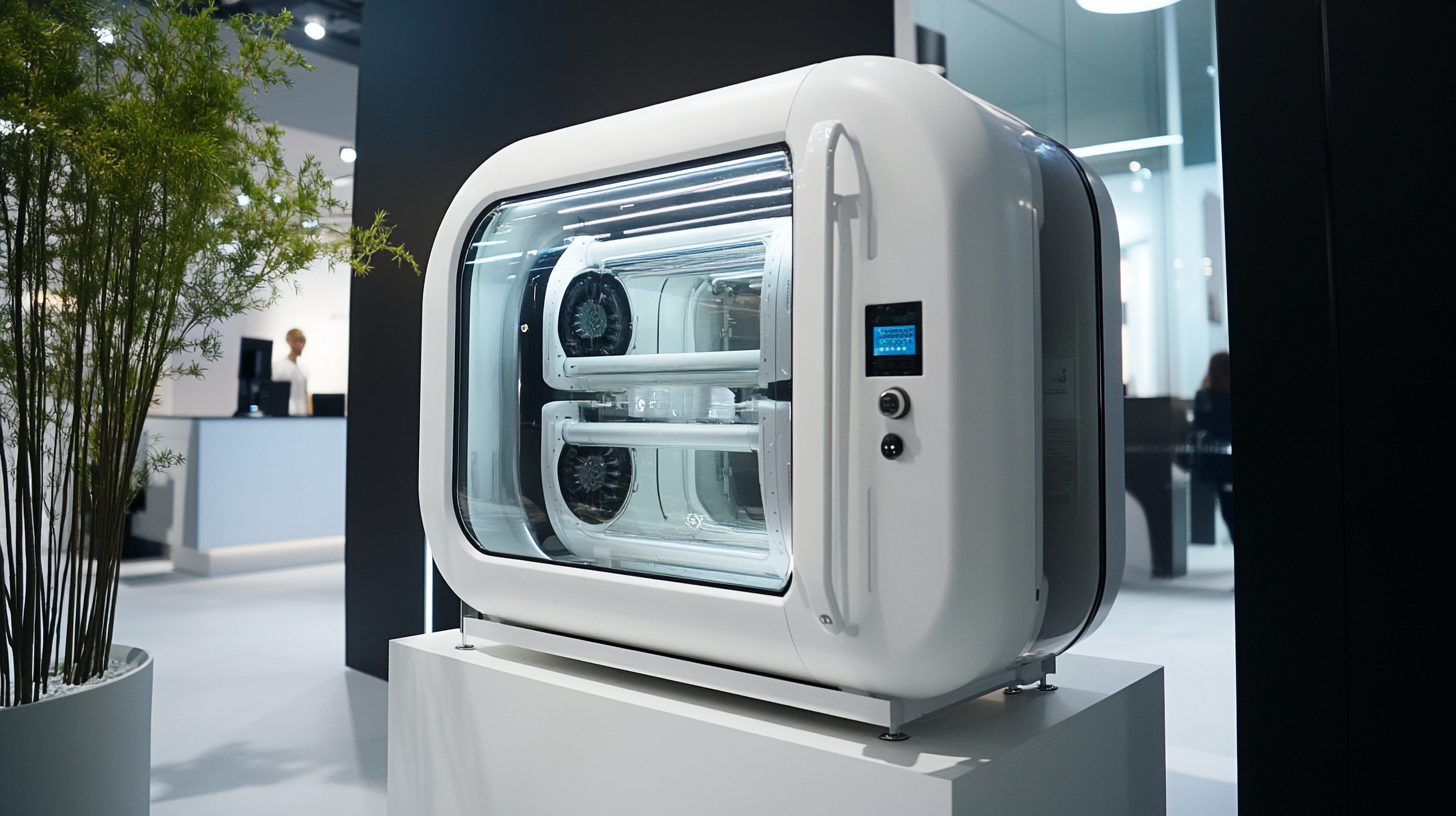Global Innovations in Pulse Ox Machines: What to Expect by 2025
As we move deeper into the 21st century, the healthcare landscape is undergoing significant transformations, particularly in the field of monitoring technology. Among these innovations, the Pulse Ox Machine stands out as a vital tool for tracking patients' oxygen saturation levels, which is crucial for diagnosing and managing various respiratory conditions. With advancements in technology, we can anticipate remarkable enhancements in the design, functionality, and accessibility of Pulse Ox Machines by 2025. From the integration of artificial intelligence for more accurate readings to the incorporation of telemedicine capabilities, these devices are set to become more user-friendly and efficient. The future promises not only improved clinical outcomes for patients but also increased convenience for healthcare providers. In this blog, we will explore the expected innovations in Pulse Ox Machines, examining how these advancements will revolutionize patient care and redefine the standards of respiratory health monitoring in the coming years.

Advancements in Pulse Oximetry Technology: Trends and Projections for 2025
As we look towards 2025, the field of pulse oximetry technology is poised for transformative advancements that promise to enhance patient care significantly. Innovations in sensor technology are at the forefront of this evolution. The development of non-invasive and wearable pulse oximeters will likely result in devices that provide real-time monitoring and greater accessibility for patients in both clinical and home settings. This shift is anticipated to empower individuals with chronic conditions, enabling them to manage their health proactively and reducing the need for frequent hospital visits.
Another trend to expect by 2025 is the integration of artificial intelligence (AI) and machine learning algorithms into pulse oximetry devices. These technologies will enable more accurate readings by accounting for factors such as skin tone and motion artifacts, which often interfere with traditional oximeter performance. This level of precision is crucial not only for monitoring vital signs but also for improving diagnostic capabilities in a range of medical conditions, from respiratory issues to sleep apnea. Overall, the combination of innovative hardware and intelligent software will redefine how pulse oximeters are used, making them an indispensable tool in modern healthcare.

Projected Market Growth: Pulse Oximeter Demand and Industry Valuation Insights
The pulse oximeter market is experiencing significant growth, driven by an increasing demand for non-invasive monitoring of blood oxygen levels. As healthcare providers prioritize patient safety and efficiency, the adoption of pulse oximeters across clinical settings continues to rise. Projections indicate that by 2025, the market could reach unprecedented valuations, largely fueled by innovations in technology and a heightened awareness of respiratory conditions. The integration of advanced features such as wireless connectivity and smartphone compatibility is expected to enhance user experience and broaden the appeal of pulse oximeters.
Furthermore, the COVID-19 pandemic has spotlighted the critical role of pulse oximeters in early detection and management of respiratory illnesses. This has not only stimulated demand in emergency and critical care units but has also encouraged the expansion of telemedicine solutions that utilize these devices. As more patients seek at-home monitoring options, manufacturers are poised to capitalize on this trend, leading to a diversification of products in the market. With the anticipated growth in demand, companies are likely to invest in research and development, ensuring that the pulse oximeter industry remains at the forefront of healthcare innovations.
Global Innovations in Pulse Ox Machines by 2025
The chart above illustrates the projected distribution of pulse oximeter demand by various sectors by 2025. Hospitals are expected to hold the majority share, followed by home care uses, portable devices, and research institutions.
Integration of AI and Machine Learning in Pulse Oximeters: Enhancing Accuracy and User Experience
The integration of AI and machine learning in pulse oximeters marks a revolutionary shift in the medical device landscape, particularly as we look toward 2025. Traditional pulse oximeters have been crucial in monitoring patients’ oxygen saturation levels, but the advent of advanced algorithms promises enhanced accuracy and reliability. According to a report by Market Research Future, the global pulse oximeter market is expected to reach $2.62 billion by 2023, largely driven by the rising prevalence of respiratory disorders and the increasing demand for home healthcare devices. AI-driven solutions can further improve this trajectory by providing more personalized and precise readings, minimizing false positives and negatives that can lead to misdiagnosis.
Machine learning techniques allow pulse oximeters to learn from vast datasets, refining their performance with each use. As noted in a study published in the Journal of Biomedical Engineering, AI-enhanced devices have demonstrated up to a 30% improvement in accuracy compared to conventional models. Additionally, the user experience is set to improve significantly, with smart features such as real-time health analytics and mobile connectivity, enabling patients to monitor their health seamlessly. This transition from basic monitoring to intelligent health management systems exemplifies how technology can transform patient care, making vital health tracking more effective and user-friendly by 2025.

Regulatory Changes Impacting Pulse Oximetry Standards: What to Anticipate by 2025
As we look towards 2025, significant regulatory changes are anticipated in the realm of pulse oximetry standards. With ongoing discussions around healthcare regulations, the medical device industry is bracing for shifts that may influence the development and deployment of pulse oximetry technology. These changes could be driven by a growing focus on patient safety and accuracy, particularly in light of the recent scrutiny of these devices during the pandemic. Industry stakeholders are preparing for the potential tightening of compliance standards, which could impact both manufacturers and healthcare providers.
Moreover, as global innovations in pulse oximetry emerge, regulatory bodies are likely to adapt accordingly to keep pace with advancements. New technologies integrating artificial intelligence and telehealth capabilities may prompt authorities to revise existing standards, ensuring they align with modern medical practices. This could enhance the overall efficacy of pulse oximeters and improve patient outcomes. As we move forward, it is essential for companies to stay informed and agile in response to these evolving regulatory landscapes, while also fostering innovation that meets the changing needs of healthcare.
Global Innovations in Pulse Ox Machines: What to Expect by 2025
| Feature | Current Standard | Anticipated Change by 2025 |
|---|---|---|
| Oxygen Saturation Accuracy | ±2% | ±1% |
| Integration with Mobile Devices | Limited | Widespread |
| Portability | Standard Size | Compact and Wearable |
| Data Analysis Features | Basic | Advanced AI Integration |
Regulatory Changes Impacting Pulse Oximetry Standards: What to Anticipate by 2025
| Regulation | Current Compliance | Expected Changes by 2025 |
|---|---|---|
| FDA Guidelines | Existing Standards | Updated Performance Criteria |
| EU MDR Compliance | Transition Phase | Full Implementation Required |
| ISO Standards | Version 1.0 | Version 2.0 with Enhanced Metrics |
Exploring Wireless and Wearable Solutions: The Future of Continuous Oxygen Monitoring Systems
The evolution of pulse oximetry technology is set to transform the landscape of continuous oxygen monitoring by 2025, particularly with the emergence of wireless and wearable solutions. Recent reports indicate that the global pulse oximeter market is expected to reach USD 2.0 billion by 2025, growing at a CAGR of approximately 8.5% from 2020. This growth is largely fueled by the increasing prevalence of respiratory diseases and a greater demand for non-invasive monitoring solutions.
Wireless pulse oximeters are increasingly being integrated into wearable devices that can provide real-time data to healthcare providers. A study published in the Journal of Medical Internet Research highlights that continuous monitoring not only improves patient outcomes but also reduces hospital readmission rates by up to 30%. These devices leverage advanced sensor technology and connectivity options, such as Bluetooth, to seamlessly track oxygen saturation levels and deliver immediate feedback to users, fostering proactive health management.
The shift towards wireless and wearable pulse oximetry systems reflects a broader trend in healthcare technology aimed at enhancing patient autonomy and accessibility. As consumer devices like smartwatches increasingly incorporate health monitoring features, the potential for preventive care through continuous oxygen monitoring becomes more prominent, setting the stage for a significant cultural shift in how respiratory health is managed in both clinical and home environments.

